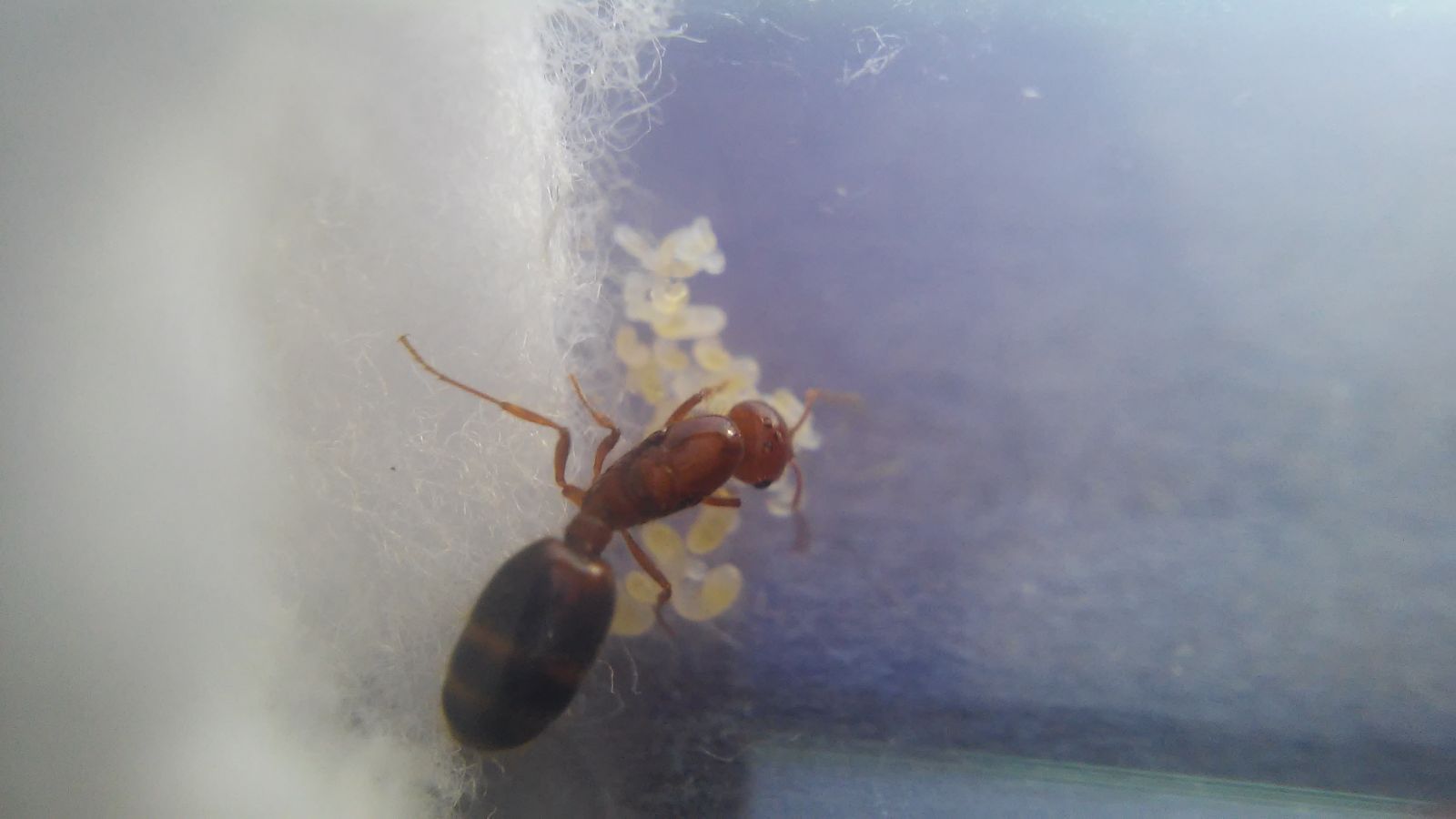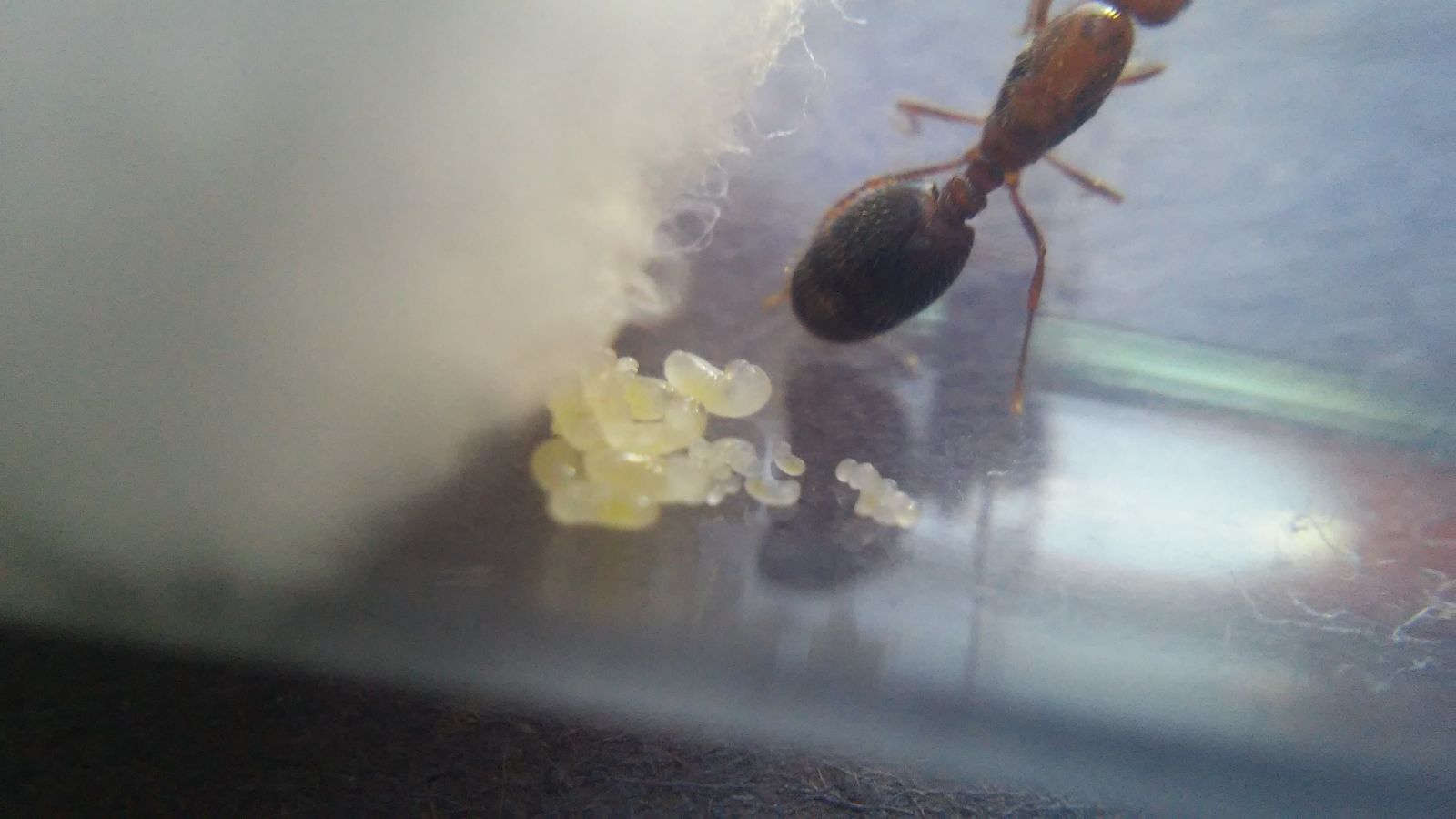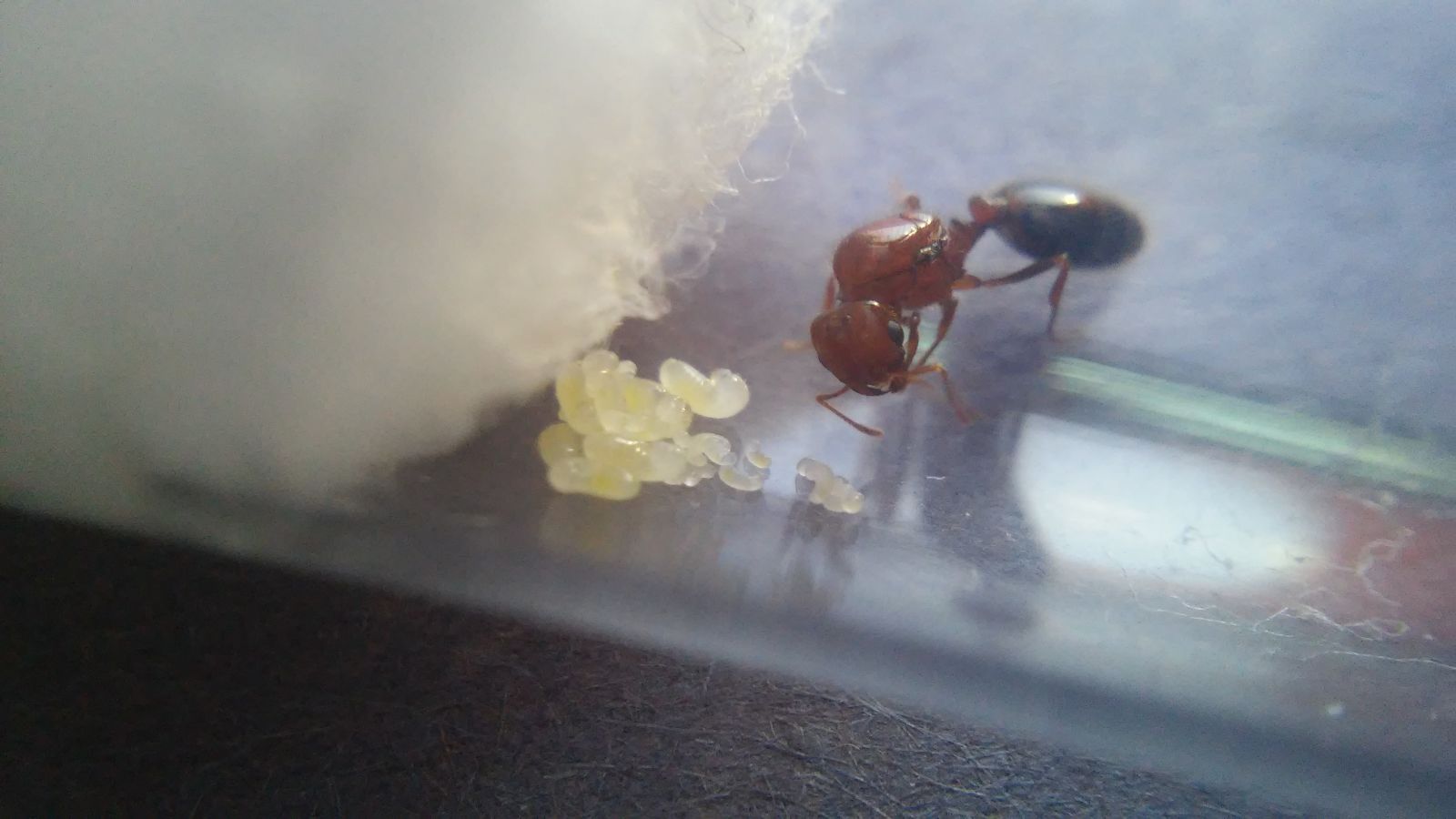The article you linked doesn't say anything about live food sources, not in the preview anyway.
Do you have any pdfs of studies conducted to test this hypothesis? I'd be interested to see them.

The article you linked doesn't say anything about live food sources, not in the preview anyway.
Do you have any pdfs of studies conducted to test this hypothesis? I'd be interested to see them.
The article you linked doesn't say anything about live food sources, not in the preview anyway.
Do you have any pdfs of studies conducted to test this hypothesis? I'd be interested to see them.
As I said before, I will try to locate them tomorrow.
You can either try to find that article elsewhere, or make an account and view it in it's entirely. I also made an "I think" disclaimer, in that I am not positive that the information is included in that particular article.
Fair enough, let's not turn this into an argument on Greg's thread.
As far as I'm aware of, the closest thing is an article regarding corpse availability in relation to task distribution in a Ponerine ant colony. I've never actually read a study about major production in relation to availability of live food so that'll be interesting to read.
Thanks for the article Miles, it's an interesting read. Just to clarify though, it does not contain information about the relationship between the availability of live food and major production in a colony. If anyone wants the paper, PM me about it and I'll share.
Current Species:
Camponotus fragilis
Novomessor cockerelli
Pogonomyrmex montanus
Pogonomyrmex rugosus
Manica bradleyi
It's very possible that I am wrong about the whole thing, although I distinctly remember reading information regarding the production of majors when the colony feels threatened, in the presence of other ants, or if live protein sources are needed or in abundance.
Sorry Greg.
Edited by Miles, March 17 2015 - 10:14 PM.
There was a study that showed that Solenopsis invicta did not thrive on the diet which Blue 100 is based upon. They cited the reason being that because adult workers fed the larvae the same food as what they ate, the workers would find it hard to get the required amount of carbohydrates and the larvae did not receive enough protein.
That said, more research needs to be done on a suitable synthetic diet for Solenopsis. But until then, give my suggestion a try.
My own results with Solenopsis do mirror the Gavilanez-Slone/Porter research with regard to Blue 100.
I'd be interested to know, Greg, if your colonies continued to produce workers at all, or if there was a statistically significant decrease in population or brood mass (i.e. "failure to thrive") after feeding Blue 100 for a period of time, as was the case in the literature.
The study showed poor results across the board for synthetic diets tested on Solenopsis invicta, but they could only speculate as to the reason(s) why—even going as far as to say that the positive results of the research completed by the authors of the cited literature were due to problems such as the temperature at which the colonies were kept, which is a bit of a stretch.
There was a study that showed that Solenopsis invicta did not thrive on the diet which Blue 100 is based upon. They cited the reason being that because adult workers fed the larvae the same food as what they ate, the workers would find it hard to get the required amount of carbohydrates and the larvae did not receive enough protein.
That said, more research needs to be done on a suitable synthetic diet for Solenopsis. But until then, give my suggestion a try.
My own results with Solenopsis do mirror the Gavilanez-Slone/Porter research with regard to Blue 100.
I'd be interested to know, Greg, if your colonies continued to produce workers at all, or if there was a statistically significant decrease in population or brood mass (i.e. "failure to thrive") after feeding Blue 100 for a period of time, as was the case in the literature.
The study showed poor results across the board for synthetic diets tested on Solenopsis invicta, but they could only speculate as to the reason(s) why—even going as far as to say that the positive results of the research completed by the authors of the cited literature were due to problems such as the temperature at which the colonies were kept, which is a bit of a stretch.
When I originally introduced them to Blue 100, all my colonies had minor die offs, but as like in the case of these, I am sure they killed their own majors, but anyay, now they are all thriving. ![]() I want to video update both of these colonies over the weekend.
I want to video update both of these colonies over the weekend.
Are you feeding them solely on Blue 100?
If you don't mind, consider switching one colony to a diet of sugar water and crickets for a few weeks as per the study Terry linked. It'll be beneficial in pinpointing the root of the problem and whether the problem is confined to invicta only or affects all Solenopsis.
I plan on starting to give my colonies a variety of food, I use Blue 100 for the convenience, and because the ants seem to love it.
Update: 7/16/2015
Well both of the large colonies started producing brood full speed again, but I ravaged them to use their brood as host brood for the more than 15 Solenopsis amblychila queens that I have caught in the last month, but at least we know it was not the fault of the Blue 100. I also caught 3 more queens of this species.
Update:7/28/2015
Well the two colonies of mine seem to have gotten rid of most of their brood... ![]() I think I may release them if some growth becomes visible. I caught two queens earlier this month, and they are doing great. One of them will be given to Wamdar and the other will either be sold, or if I release my two large colonies, then she will be the replacement (and hopefully she will do better).
I think I may release them if some growth becomes visible. I caught two queens earlier this month, and they are doing great. One of them will be given to Wamdar and the other will either be sold, or if I release my two large colonies, then she will be the replacement (and hopefully she will do better).
Queen 1:


Queen 2:




Update: 12/10/2015
Both of the remaining colonies of mine have died out, and I do not really mind.
0 members, 1 guests, 0 anonymous users